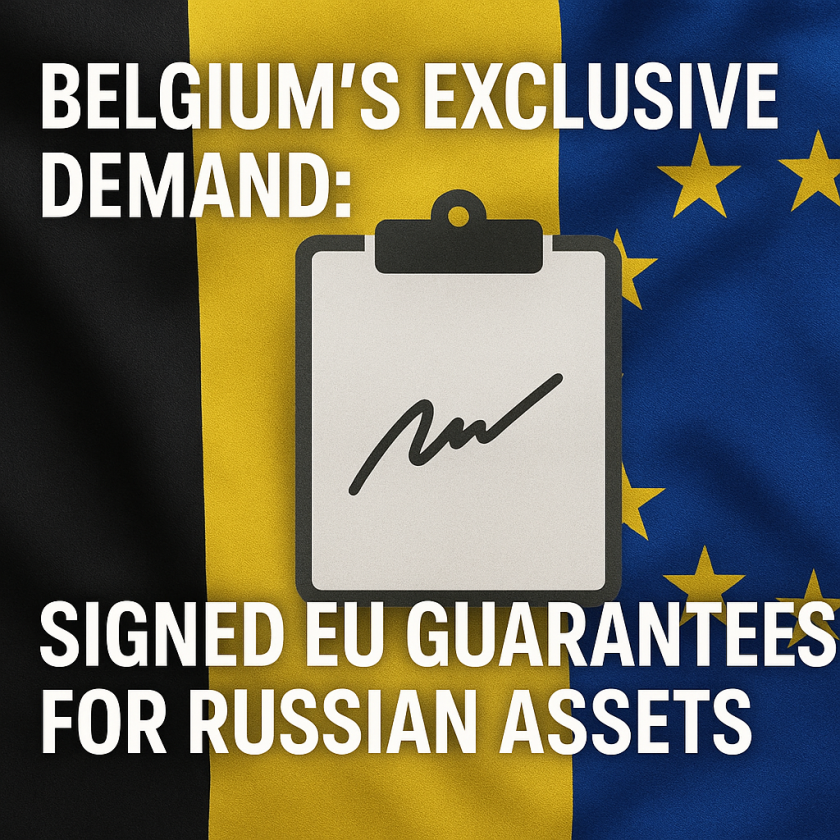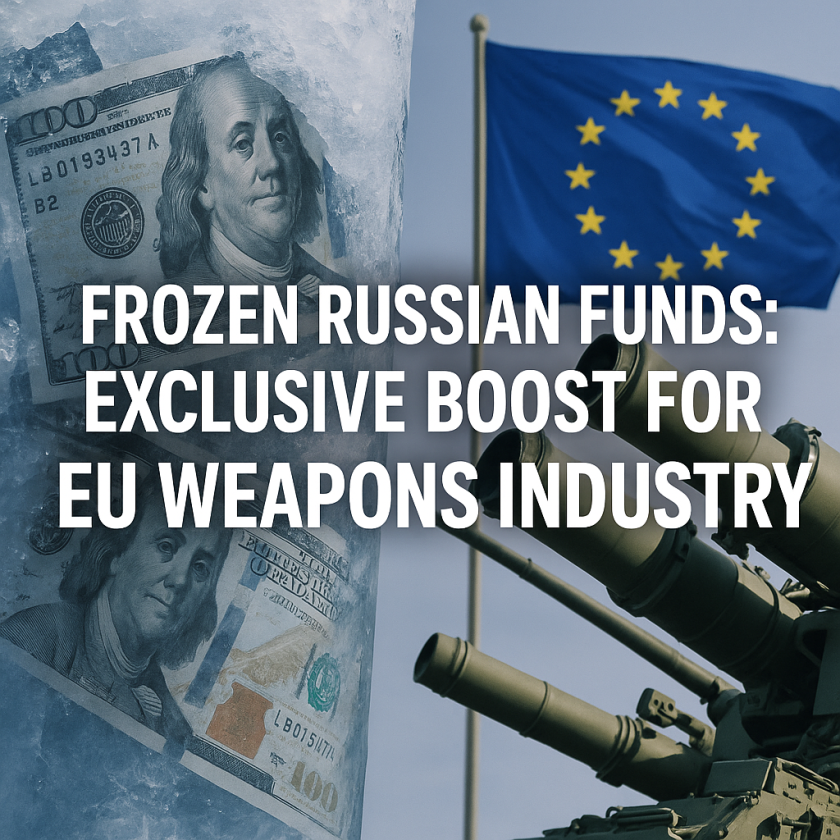Global Reactions to Trump’s Steel and Aluminum Tariffs
Global Reactions to Trump’s Steel and Aluminum Tariffs
Introduction
In a bold move, former U.S. President Donald Trump announced tariffs on steel and aluminum imports, sparking a wave of global reactions. This decision aimed to protect American industries but led to significant international discourse and economic implications.
Immediate International Responses
Countries around the world quickly responded to the tariffs, expressing concerns and considering countermeasures.
- European Union: The EU threatened retaliatory tariffs on iconic American products, signaling a potential trade war.
- China: As a major exporter of steel, China condemned the tariffs and hinted at possible trade disputes.
- Canada and Mexico: Both countries, key suppliers of steel and aluminum to the U.S., sought exemptions and engaged in diplomatic negotiations.
Economic Implications
The tariffs had far-reaching economic impacts, affecting various sectors and global trade dynamics.
- U.S. Manufacturing: While intended to boost domestic production, some U.S. manufacturers faced higher costs for raw materials.
- Global Trade Relations: The tariffs strained relationships with key allies and trading partners, leading to a reevaluation of trade agreements.
- Market Volatility: Financial markets experienced fluctuations as investors reacted to the uncertainty surrounding international trade policies.
Political Reactions
The tariffs also sparked political debates within the U.S. and abroad.
- Domestic Politics: The decision was met with mixed reactions from U.S. lawmakers, with some supporting the protectionist approach and others warning of negative repercussions.
- International Diplomacy: Diplomatic efforts intensified as countries sought to negotiate exemptions and mitigate potential trade conflicts.
Conclusion
The global reactions to Trump’s steel and aluminum tariffs highlighted the complexities of international trade and the delicate balance of economic interests. While the tariffs aimed to bolster U.S. industries, they also underscored the interconnected nature of the global economy and the potential for trade policies to spark widespread repercussions.







































